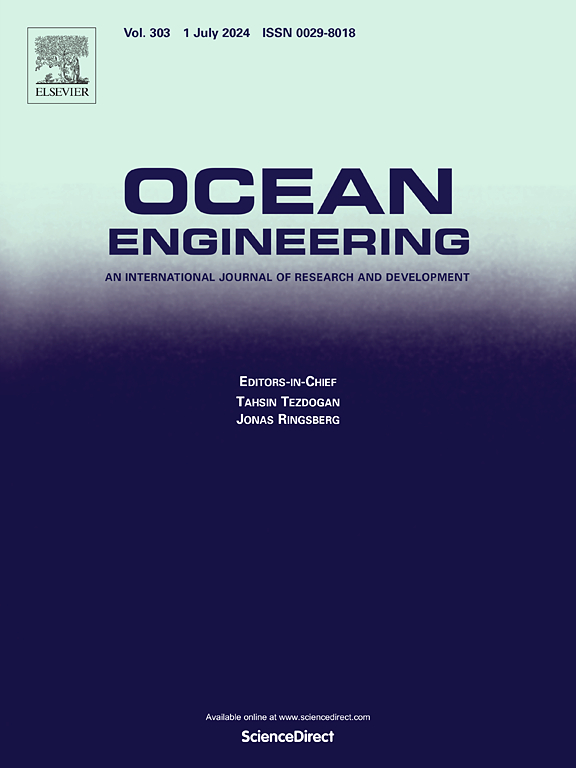Static and fatigue behavior of CFRP strengthened spiral welded steel tubes subjected to four-point bending
IF 4.6
2区 工程技术
Q1 ENGINEERING, CIVIL
引用次数: 0
Abstract
Carbon fiber reinforced polymer (CFRP) has proven to be effective for repairing and strengthening existing structures. Spiral welded steel tubes (SWTs), extensively utilized for steel tube piles in bridges and offshore wind turbines, frequently experience fatigue loadings. This paper explores the spiral welded steel tube's static bending and fatigue behavior with initial damage before and after CFRP strengthening. An initial crack was introduced at the weld toe in the tensile area. Under static loading, CFRP strengthening increased the tube's stiffness and bending capacity by 175.4% and 27.45%, respectively. Under fatigue loading, crack growth was observed in two directions with different rates: circumferentially along the loading direction and along the weld seam, penetrating through the weld and continuing along the loading direction. This highlights how weld geometry and residual stress significantly influence the fatigue crack growth. CFRP strengthening reduced the crack's stress intensity, considerably decreasing the crack growth rate and extending fatigue life by two to three times. Moreover, the CFRP wrapping orientation had significantly impacted fatigue strengthening, with inverse-diagonal wrapping proving to be most effective. The debonding area of the strengthened specimens is also estimated. These findings provide valuable insights for practical engineering applications.
受四点弯曲影响的 CFRP 加固螺旋焊接钢管的静态和疲劳行为
碳纤维增强聚合物(CFRP)已被证明可有效修复和加固现有结构。螺旋焊接钢管(SWT)广泛用于桥梁和海上风力涡轮机的钢管桩,经常承受疲劳载荷。本文探讨了螺旋焊接钢管在 CFRP 加固前后初始损伤时的静态弯曲和疲劳行为。在拉伸区域的焊趾处出现了初始裂纹。在静态载荷下,CFRP 加固后钢管的刚度和弯曲能力分别提高了 175.4% 和 27.45%。在疲劳载荷下,裂纹在两个方向上以不同的速度增长:沿载荷方向和沿焊缝的圆周方向增长,穿透焊缝并沿载荷方向继续增长。这凸显了焊缝几何形状和残余应力对疲劳裂纹生长的重要影响。CFRP 加固降低了裂纹的应力强度,大大降低了裂纹生长速度,并将疲劳寿命延长了两到三倍。此外,CFRP 的缠绕方向对疲劳强化也有显著影响,其中反对角线缠绕最为有效。此外,还估算了强化试样的脱粘面积。这些发现为实际工程应用提供了宝贵的见解。
本文章由计算机程序翻译,如有差异,请以英文原文为准。
求助全文
约1分钟内获得全文
求助全文
来源期刊

Ocean Engineering
工程技术-工程:大洋
CiteScore
7.30
自引率
34.00%
发文量
2379
审稿时长
8.1 months
期刊介绍:
Ocean Engineering provides a medium for the publication of original research and development work in the field of ocean engineering. Ocean Engineering seeks papers in the following topics.
 求助内容:
求助内容: 应助结果提醒方式:
应助结果提醒方式:


